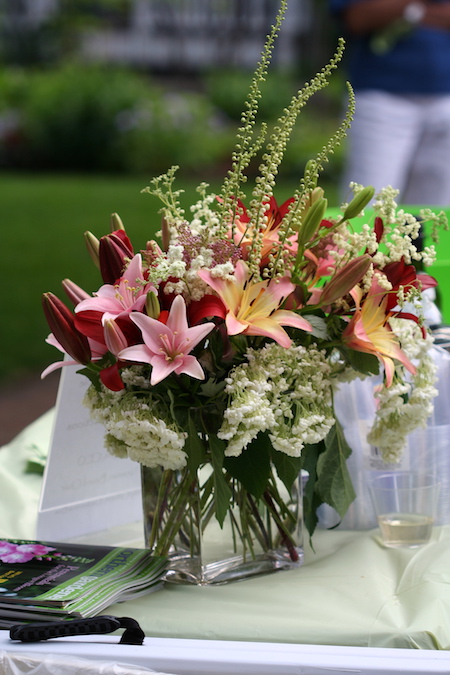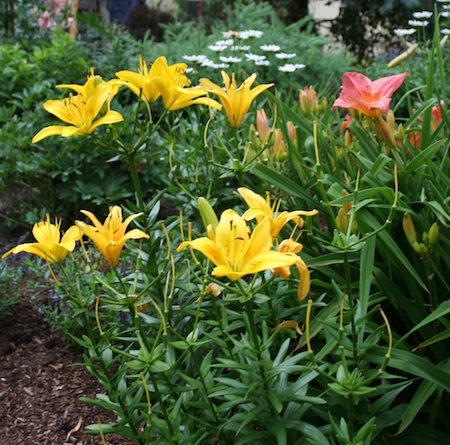Summer Bulb Planting and Care Tips
Summer bulbs are show-offs in the garden. They’re big, bright and colorful, and that’s what we love about them.
Each year, we sell summer bulbs during the Minneapolis Home + Garden Show in early March. Wait, can you really buy bulbs, tubers and bare root plants in late February for the summer growing season. YES! It’s an affordable and easy way to fill your garden with beautiful blooms. Here’s how.

Storing Your Plants
If you’re one of hundreds of plant lovers who, in wild excitement for spring, purchases a heaping pile of bulbs and bare root plants at our Home + Garden Show booth, you might be staring at a big bag of plants on your counter and wondering what to do next. It’s time to get that bag in the fridge, ideally on the bottom shelf or in a crisper drawer (away from apples!). When the soil is workable and well-drained and the threat of frost is gone (usually mid- to late May in Minnesota, it doesn’t have to be very warm out yet), pull your plants out of the fridge. Bare root plants (hostas, astilbe, ligularia) benefit from an hour-long soaking in water right before planting. Skip this soak step for bulbs and corms (lilies, cannas, callas). Then plant them and wait for the long days of summer when bulbs steal the show. The advantage of the buying bulbs at the show is the prices are incredible and you get a tiny taste of spring in late winter.
Which Bulbs are Summer Bulbs?
The bulbs we consider summer bloomers are planted in spring rather than fall. They bloom in summer and include hardy bulbs like lilies as well as dahlias, calla lilies, gladiolus and other summer bloomers for the garden and the vase. Hardy bulbs can be left in the ground over the winter to bloom again next year. Tender bulbs such as dahlias must be pulled in the fall and stored indoors over winter.

Care and Design
Summer bulbs are great for growing in the ground or in a container. If you have lots of critters in your yard, containers are the safer choice for planting bulbs. Bunnies, gophers and other garden thugs love the taste of tender bulb foliage or the bulbs themselves. Plant your bulbs in early spring in an area with full sun—six hours or more—in well-drained soil. Bulbs may rot if planted in a wet spot so consider drainage carefully. In containers, use a good potting mix to promote adequate drainage. Bulbs do need moisture to grow those big blooms, so ensure they receive adequate watering if the weather is hot or dry.
Bulbs look stunning when planted in groups—their color and dramatic shape really shows in a large group. Having lots of them together also makes the fragrance more noticeable. For really tall bulbs, you may need to add staking or other supports to keep them up. For big blooms and healthy foliage, fertilize bulbs lightly throughout the summer or plant them with a good slow-release fertilizer.


The new issue of Northern Gardener mag inspired me to do some simple things – like amending the soil in springtime – that
my Master Gardener friends do, but I have never done, have never thought to do myself. Your new editor and layout person is/are doing an outstanding job!